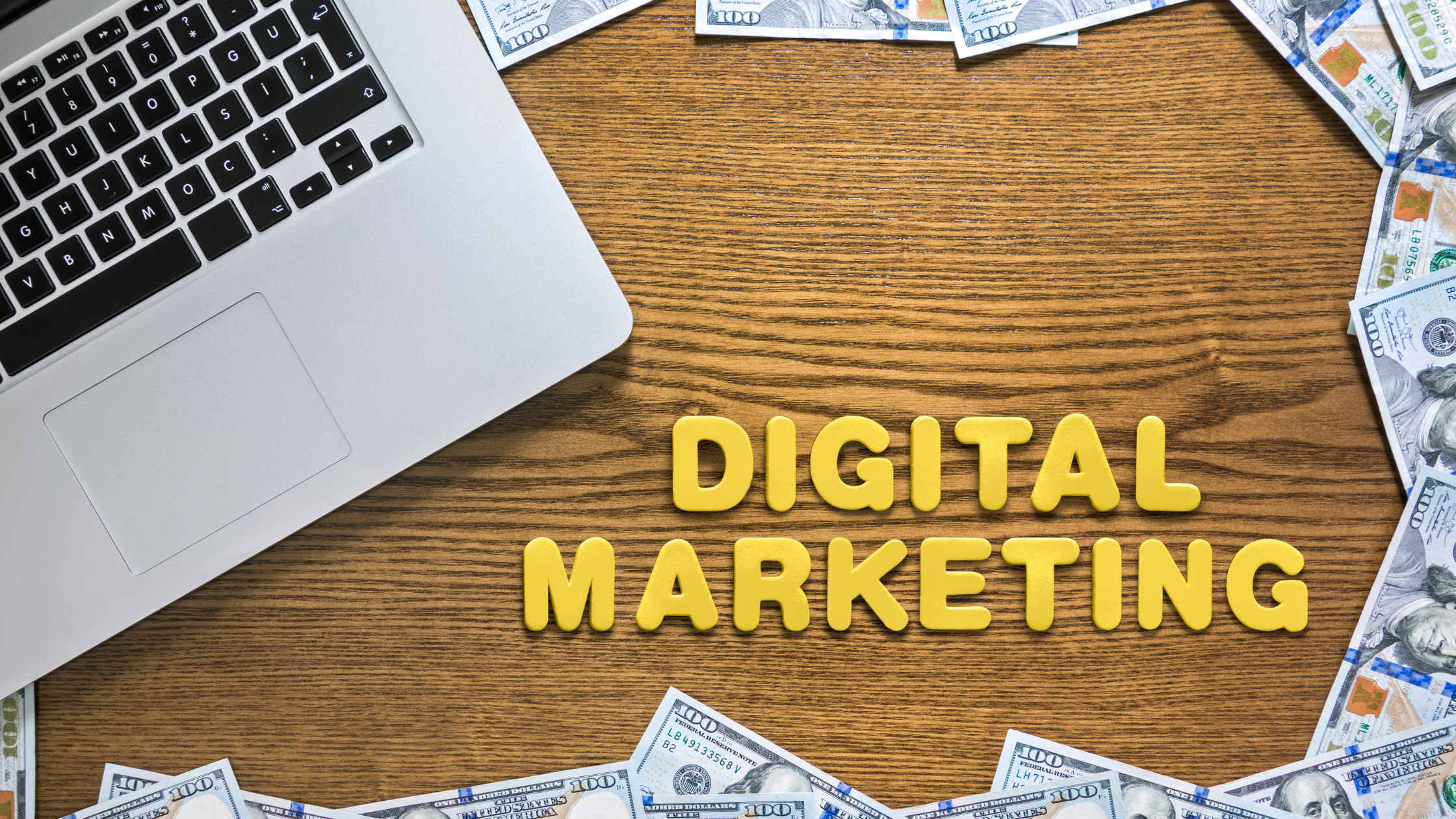Maximizing Efficiency with Sales and Marketing Automation
In today’s competitive digital landscape, businesses must do more with less. Manual processes slow down teams, waste time, and lead to inconsistent customer experiences. This is why sales and marketing automation has become essential for business growth. When implemented strategically, especially with a robust CRM system, automation transforms team operations. From qualifying leads to personalizing content and improving follow-ups, it enables businesses to scale faster while maintaining a human touch. Table of Contents Benefits of Sales and Marketing Automation Role of CRM Tools in Automation How Automation Enhances Customer Journeys Common Use Cases Across Industries Best Practices for Implementation Conclusion FAQs Benefits of Sales and Marketing Automation 1. Increased Efficiency and Accuracy Automation takes over repetitive tasks like sending emails, updating contact records, and assigning leads. This frees up your team to focus on relationship-building along with closing deals. It also ensures data stays accurate and up to date, reducing errors and saving time. 2. Improved Campaign Performance With automation, you can segment your audience and deliver personalized messages based on real-time behavior. This improves open rates, boosts engagement, and increases your campaign ROI. Timely actions—like follow-ups triggered by page visits—make every interaction more relevant. 3. Enhanced Team Productivity Automating routine communication reduces workload and burnout. It also encourages better collaboration between marketing and sales. Real-time notifications alert your team when a lead takes action, allowing for quick and effective follow-up. Role of CRM Tools in Automation A. CRM as a Centralized System A Customer Relationship Management (CRM) tool serves as your single source of truth. It holds valuable data, including customer preferences, past interactions, and purchase history. When you combine CRM with automation, that data becomes actionable. You can use it to create workflows that guide prospects through the sales funnel with ease. B. Integration for Seamless Workflow A well-integrated system allows CRM data to flow directly into your automation platform. When a lead is added, they can instantly enter a nurturing sequence without manual input. For instance, after downloading an eBook, the CRM logs the action. Your automation tool sends a personalized thank-you email, followed by a series of helpful resources. C. Real-Time Insights and Forecasting Because CRM tools track every interaction, they offer predictive insights. Automation tools can then use this data to recommend next steps, allocate leads to the right rep, or alert sales teams when prospects are likely to convert. This real-time visibility empowers leadership to forecast more accurately and adjust strategies on the fly. How Automation Enhances Customer Journeys 1. Personalized Customer Interactions Automation platforms tailor content based on CRM data like job role, industry, or behavior. As a result, customers feel understood, which automatically builds trust as well as increases engagement. For example, a software company might send developers technical use cases, while marketing managers receive ROI-focused content, all based on CRM segmentation. 2. Lifecycle Engagement From first contact to post-purchase follow-up, automation ensures consistent messaging. New leads receive welcome emails. Existing customers receive renewal reminders, loyalty perks, or cross-sell offers. This level of consistency improves retention rates and maximizes the lifetime value of each customer. 3. Consistency Across All Channels Beyond email, automation spans multiple channels—social media, SMS, chatbots, and retargeting ads. When integrated with CRM, each channel reflects the same customer understanding, ensuring unified communication. This omnichannel approach significantly enhances the user experience and brand credibility. Common Use Cases Across Industries E-commerce Retailers often use automation for cart abandonment emails, product recommendations, and post-purchase reviews. When integrated with CRM, these campaigns reflect real-time user behavior and preferences. B2B SaaS In the SaaS space, companies use automated onboarding sequences, lead scoring models, and upsell workflows. CRM data helps tailor these efforts to match the user’s product usage and interest level. Healthcare Healthcare providers leverage automation to send appointment reminders, patient follow-ups, and health tips. CRM tools ensure personalization based on patient history and care plans. Real Estate Agents use automation to send property listings, schedule showings, and follow up with leads. Integrated CRM systems track buyer preferences and previous interactions to improve relevance. Best Practices for Implementation Set Clear Objectives Before launching any automation strategy, define your goals. Are you aiming to reduce churn, increase leads, or shorten the sales cycle? Clear KPIs ensure your efforts stay focused. Prioritize Segmentation and Personalization Use CRM data to segment contacts by interest, location, or stage in the buying cycle. Personalized workflows increase relevance and drive better results. Continuously Test and Refine Run A/B tests on subject lines, CTAs, as well as timing, and monitor performance metrics regularly. Then, refine your automation flows based on what works best. Ensure System Integration Choose automation tools that seamlessly integrate with your CRM, as disconnected systems create data silos, which hinder personalization and tracking accuracy. Conclusion As digital competition grows fiercer, businesses must leverage automation to stay efficient, agile, and customer-focused. Combining sales and marketing automation creates a synchronized system that delivers better results with less manual effort. Whether you’re a startup or an established brand, adopting automation will help future-proof your growth strategy, streamline internal collaboration, and delight your customers. To explore more automation tips and solutions, visit Blogrator Web Service. FAQs 1. What is sales and marketing automation? Sales and marketing automation is the process of using software to handle repetitive tasks such as email campaigns, lead scoring, and customer segmentation. It helps teams work faster and smarter. 2. How does automation improve CRM performance? Automation enhances CRM performance by triggering real-time actions based on customer behavior, which improves responsiveness, accuracy, and personalization. 3. Can small businesses benefit from automation tools? Yes, absolutely. Small businesses can scale faster by automating routine tasks, which allows them to compete with larger companies while maintaining personalized engagement. 4. What’s the difference between CRM and automation software? CRM software stores and manages customer data. Automation software executes actions like sending emails or assigning tasks. When combined, they deliver a complete and streamlined workflow.










